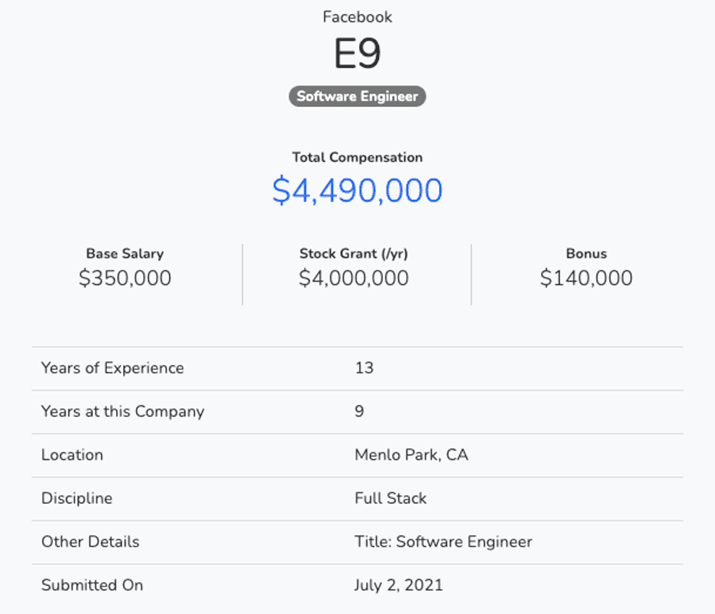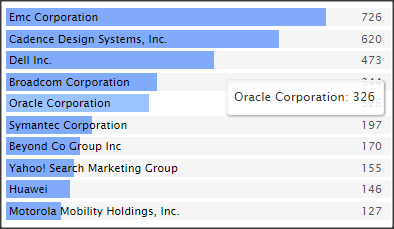

That's why we looked into some other professions that might help you find your next opportunity. Sometimes people change their minds about their career after working in the profession. Generally speaking, Principal Software Engineers earn anywhere from $105,000 to $176,000 a year, which means that the top-earning Principal Software Engineers make $71,000 more than the ones at the lower end of the spectrum.Īs is the case with most jobs, it takes work to become a Principal Software Engineer.

On average, the Principal Software Engineer annual salary is $136,635 per year, which translates to $65.69 an hour. What's more, is that the projected number of opportunities that are predicted to become available for a Principal Software Engineer by 2028 is 284,100. This is in accordance with the Bureau of Labor Statistics. When compared to other jobs, Principal Software Engineer careers are projected to have a growth rate described as "much faster than average" at 21% from 2018 through 2028. Perhaps the hardest question to answer when deciding on a career as a Principal Software Engineer is "should I become a Principal Software Engineer?" You might find this info to be helpful. Provide system supports for all servers running on AWS.Work on moving it to Cassandra & Hadoop.Experience with SDLC from design to implementation.Generate county level election result xml feed.

Principal software engineer salary serial#
Principal software engineer salary driver#
Lead the development of QDSS windows driver and tool chain to use QDSS features for windows platform.Manage project plan, scope and delivery of the VoIP application for the DSP subsystem.Interface continuous integration system (Travis-CI) with Github to autorun automate build and testing.Lead project for setting up DR for Bitbucket and clustering for improve performance.Lead the migration effort from Microsoft platform to J2EE platform.Manage and fix bugs with JIRA bug tracking application.Here are examples of responsibilities from real principal software engineer resumes representing typical tasks they are likely to perform in their roles.


 0 kommentar(er)
0 kommentar(er)
